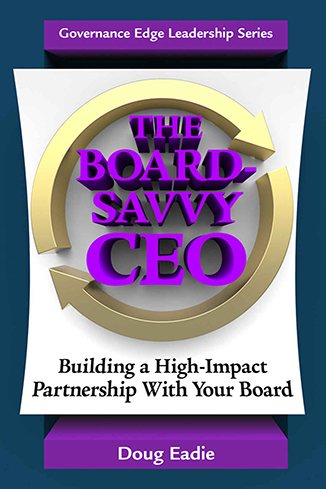 I sat in on a really consequential meeting a little over a year ago. The board planning and development committee of a state professional association spent 3 ½ hours brainstorming how to handle the patently obvious need to do a major revamp of the association’s educational programming – in terms of both content and delivery. The preeminent trend – and ominous fact of life – driving action was a significant, steady decline in demand for this association’s traditional, in-person educational workshops.
I sat in on a really consequential meeting a little over a year ago. The board planning and development committee of a state professional association spent 3 ½ hours brainstorming how to handle the patently obvious need to do a major revamp of the association’s educational programming – in terms of both content and delivery. The preeminent trend – and ominous fact of life – driving action was a significant, steady decline in demand for this association’s traditional, in-person educational workshops.
Actually, the handwriting on the proverbial wall had been amply clear two years earlier, when an initiative to renovate the association’s educational function fizzled. The association’s then-CEO had retained a consultant to study the situation and come up with recommendations for updating educational services, which she presented to the full board at one of its quarterly meetings. The result back then was a far cry from what was needed: a few incremental tweaks (such as more aggressive marketing), but no action on the major recommended changes. Not surprisingly, the hemorrhaging of educational program participation continued unabated.
Reflecting on that earlier failed reform effort during the planning and development committee meeting I was sitting in on, participants pretty quickly homed in on the culprit that had sabotaged the reform effort: lack of strong board ownership. Their solution? To design and implement a process that would actively engage several board members in shaping action recommendations. The centerpiece was an “Educational Program Innovation Task Force” consisting of six board members and the CEO. Overseen by the planning and development committee, the task force – with consulting assistance – over the course of six meetings (two in-person and four via teleconference) hammered out a set of very practical recommendations. For example, the educational program development process was to be revised to incorporate detailed information on evolving member needs and demands, and program delivery was to rely much more heavily on web seminars (“webinars”) and on-line learning.
The task force members met for a half-day with the planning and development committee to fine-tune the recommendations, after which five board members – three representing the task force and two the planning and development committee – presented the revised recommendations to the full board in a special work session, employing PowerPoint slides. The task force consultant was present as a backup but wasn’t one of the presenters, who, by the way, had met for a full-scale “dress rehearsal” the week before the board meeting to ensure that they were in full command of the content.
The happy ending to this reform story – unanimous board approval of the task force recommendations with only minor changes – was, in my opinion, in large measure the result of the active engagement of several board members in the process, which generated the kind of ownership that generates ardent “Change Champions” who can overcome the normal, virtually inevitable human resistance to major change.
I’d love to hear from our readers about their experience in transforming board members into owners and champions for change.





